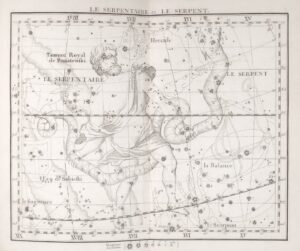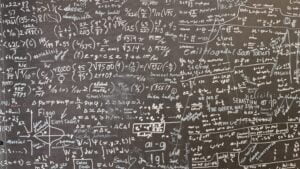The development of calculus marks a significant milestone in the history of mathematics. This branch of mathematics, which deals with change and motion, was independently discovered by two great minds – Sir Isaac Newton and Gottfried Wilhelm Leibniz. Their groundbreaking work laid the foundation for modern calculus and revolutionized the way we understand the world.
The Calculus of Newton and Leibniz
Both Newton and Leibniz developed their methods of calculus, which were based on different fundamental concepts. Newton’s approach, known as the method of fluxions, focused on the concept of instantaneous rates of change. He introduced the concept of differentiation, which involves finding the slope of a curve at a given point. Newton’s work was published in his seminal work, “Mathematical Principles of Natural Philosophy,” commonly known as “Principia.”
Leibniz, on the other hand, developed a notation system that is still widely used in calculus today. He introduced the concept of infinitesimals, which are quantities infinitely small but not equal to zero. This concept allowed for a more intuitive understanding of calculus and made it easier to perform calculations. Leibniz’s notation, with its use of derivatives and integrals, provided a powerful tool for solving complex problems.
Newton’s Principia
Newton’s “Principia” is considered one of the most important scientific works in history. In this monumental book, Newton laid out his laws of motion and universal gravitation, which provided a unified explanation for the motion of celestial bodies and objects on Earth. The principles outlined in the “Principia” were derived using calculus, making it a pivotal work in the development of the field.
Newton’s laws of motion, combined with his calculus-based approach, allowed for the accurate prediction of the motion of objects under the influence of forces. This breakthrough had far-reaching implications, not only in the field of physics but also in engineering, astronomy, and other scientific disciplines.
Euler and Gauss
Building on the foundations laid by Newton and Leibniz, subsequent mathematicians further developed and refined the field of calculus. Two notable figures in this regard are Leonhard Euler and Carl Friedrich Gauss.
Euler, a Swiss mathematician, made significant contributions to various branches of mathematics, including calculus. He introduced the concept of the exponential function, which plays a crucial role in calculus and is widely used in many scientific and engineering applications. Euler’s work helped to expand the scope and applications of calculus, making it an indispensable tool in solving complex problems.
Gauss, a German mathematician, made important contributions to both calculus and number theory. His work on the fundamental theorem of algebra and the method of least squares further advanced the field of calculus. Gauss’s contributions to the development of calculus were instrumental in shaping the modern understanding of the subject.
In Conclusion
The beginnings of calculus can be traced back to the groundbreaking work of Newton and Leibniz. Their independent discoveries laid the foundation for this powerful branch of mathematics, which has since become an essential tool in various scientific and engineering fields. The subsequent contributions of Euler and Gauss further expanded the scope and applications of calculus, solidifying its importance in the world of mathematics.
Today, calculus continues to evolve and find new applications in diverse areas such as physics, economics, computer science, and more. The rich history and ongoing development of calculus demonstrate its enduring relevance and its status as one of the most influential branches of mathematics.




















+ There are no comments
Add yours